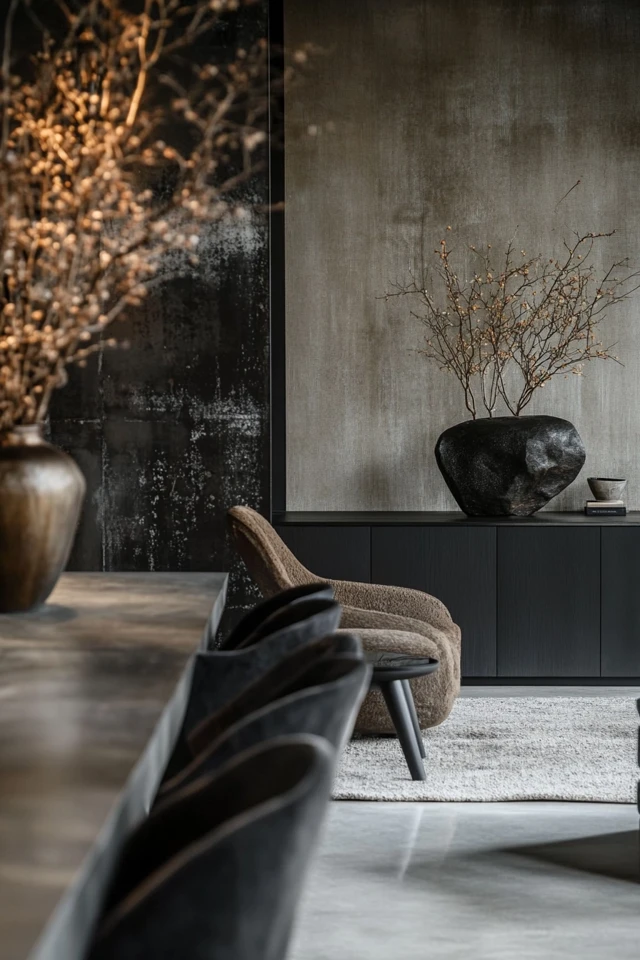Introduction
There’s something effortlessly chic about a monochrome aesthetic room. Whether it’s a sleek black-and-white scheme or a more subdued palette of grays and creams, monochrome rooms have a timeless appeal. I’ll never forget the first monochrome space I designed—a minimalist living room for a close friend who adored all things black and white. At first, I thought it might feel stark or sterile, but as I layered textures, tones, and just a few pops of contrast, the room transformed into a warm, stylish sanctuary.
What I’ve learned from creating monochrome spaces is this: the key isn’t about sticking rigidly to a single color, but rather, embracing variations in shade, texture, and material to add depth and character. Monochrome designs may look simple, but they’re anything but boring when done right.
If you’ve been dreaming of a sleek, harmonious space that looks like it belongs on a design magazine cover, this guide will walk you through the process of creating a stunning monochrome aesthetic room. Let’s get started!
Why Go Monochrome?
The Beauty of Monochrome
- Timeless Appeal: Monochrome rooms never go out of style.
- Simplicity and Elegance: A cohesive color palette creates a clean and polished look.
- Focus on Texture: Without a variety of colors, textures and materials take center stage.
- Versatility: Monochrome can be modern, boho, industrial, or even cozy, depending on how you execute it.
Step 1: Choose Your Color Scheme
Classic Black and White
- A high-contrast look with striking visual appeal.
- Pair white walls with black furniture and accents for drama.
Shades of Gray
- Perfect for a softer, more subtle monochrome look.
- Combine light and dark grays with metallic accents like silver or chrome.
Neutral Monochrome
- Use creams, beiges, and taupes for a warm and inviting space.
- Add natural textures like wood or linen to enhance coziness.
Accent Colors
While monochrome rooms primarily stick to one color family, a hint of an accent color—like a muted pastel or metallic—can add interest without disrupting the aesthetic.
Step 2: Layer Textures
Why Texture Matters
In a monochrome space, texture creates depth and keeps the room from feeling flat.
How to Add Texture
- Furniture: Mix smooth leather with plush upholstery or matte wood.
- Textiles: Layer throw blankets, rugs, and cushions in varying materials like faux fur, cotton, and wool.
- Walls: Add shiplap, wainscoting, or a textured wallpaper to break up solid-colored walls.
Step 3: Play With Patterns
The Right Patterns for Monochrome
- Stick to simple, geometric patterns like stripes, herringbone, or chevrons.
- Subtle patterns, like tone-on-tone designs, add interest without overwhelming the space.
Where to Use Patterns
- Throw pillows
- Area rugs
- Bedding
- Artwork
Step 4: Add Statement Furniture
Bold Pieces in Monochrome
- A sleek black sofa or armchair can act as a focal point in a white or gray room.
- Choose furniture with interesting shapes or details, like a curved table or sculptural lamp.
Keep It Balanced
- In a mostly white room, add a single black or dark gray statement piece.
- In darker rooms, lighten the space with white furniture or metallic finishes.
Step 5: Lighting for a Monochrome Space
Lighting Tips
- Use soft, warm lighting to prevent the room from feeling too stark.
- Incorporate a mix of overhead, task, and accent lighting to create layers.
Stylish Fixtures
- Matte black or metallic light fixtures work beautifully in monochrome spaces.
- Add sculptural or statement lighting for an artistic touch.
Step 6: Decorate With Purpose
Art and Decor
- Monochrome Art: Black-and-white photography or abstract prints fit the theme perfectly.
- Plants: Add a touch of greenery for a subtle pop of color and life.
- Mirrors: Reflect light and make the space feel larger with strategically placed mirrors.
Decorative Objects
- Choose vases, candles, and other decor in the same color family.
- Experiment with finishes like matte, glossy, or metallic for added variety.
Step 7: Keep It Minimal
The Power of Negative Space
- A monochrome aesthetic shines when there’s room to breathe.
- Avoid clutter and embrace a less-is-more approach to decorating.
Organization
- Use sleek storage solutions to keep surfaces clean and tidy.
- Conceal cords and cables to maintain the room’s polished look.
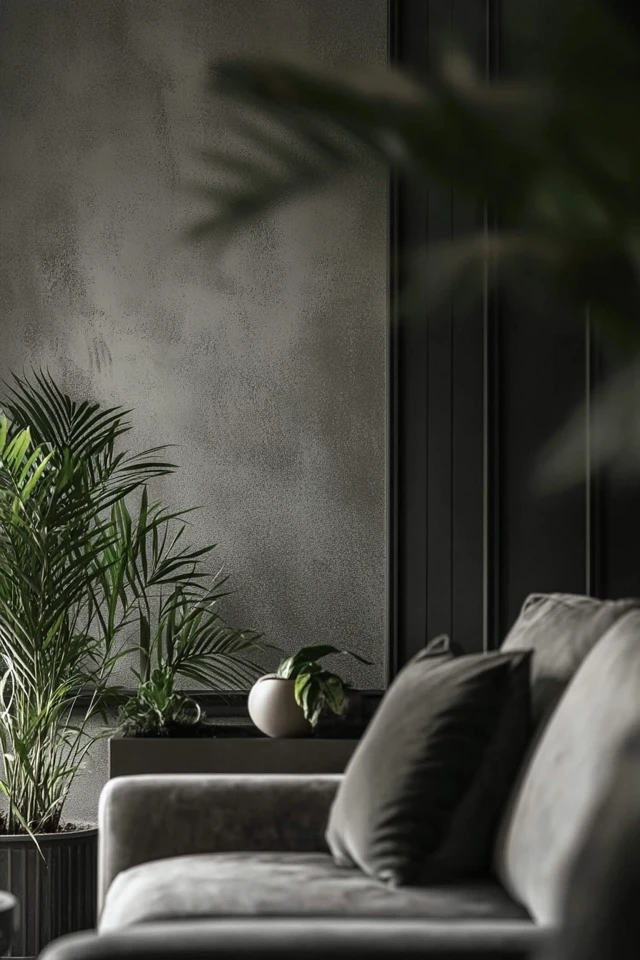
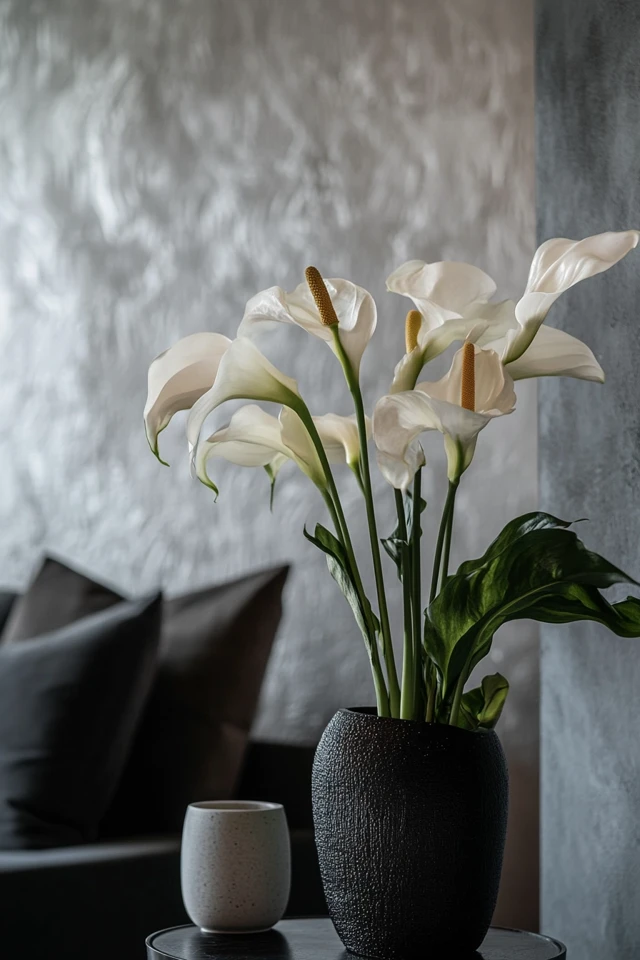
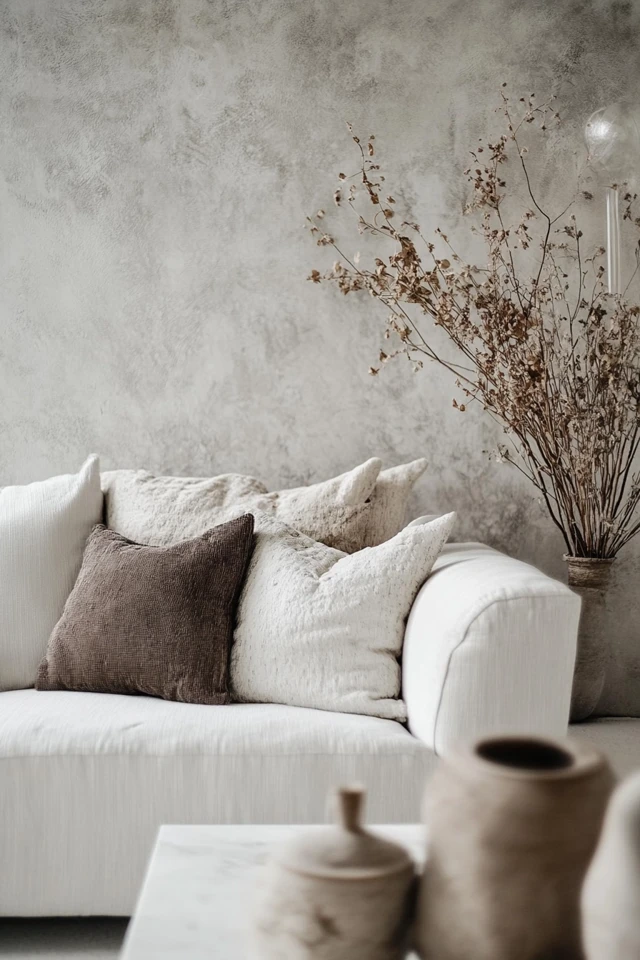
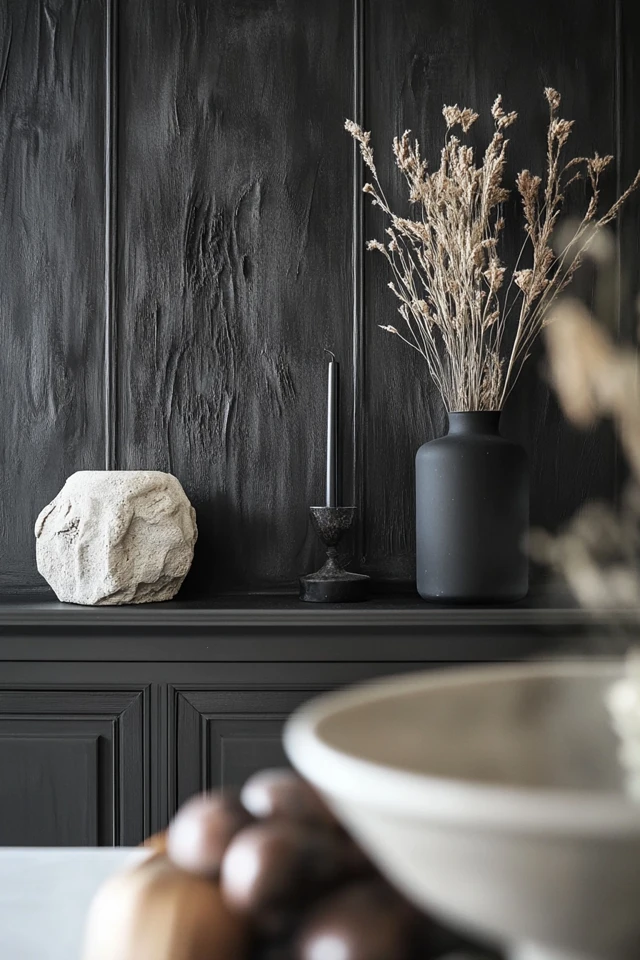
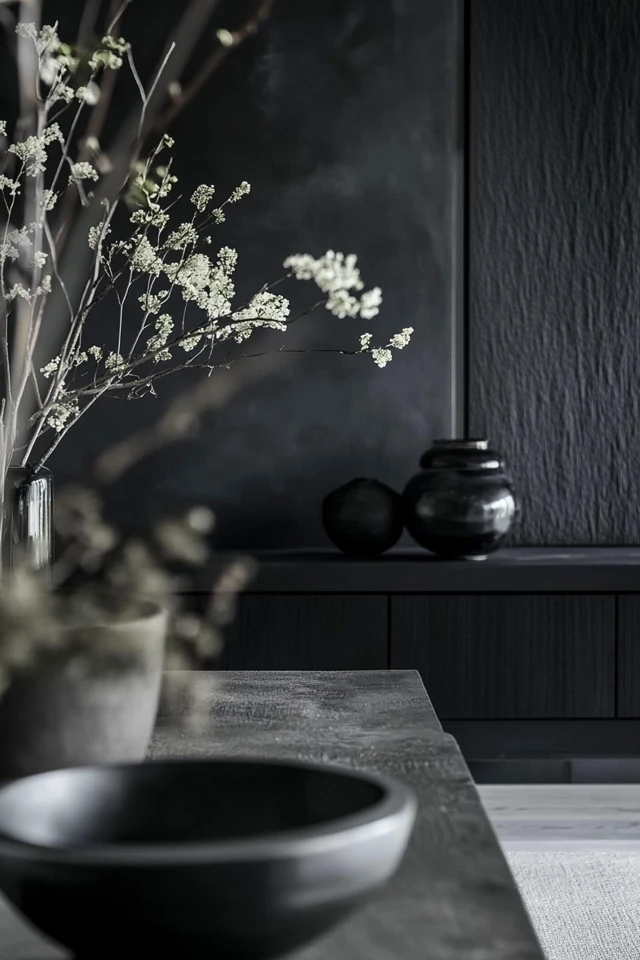
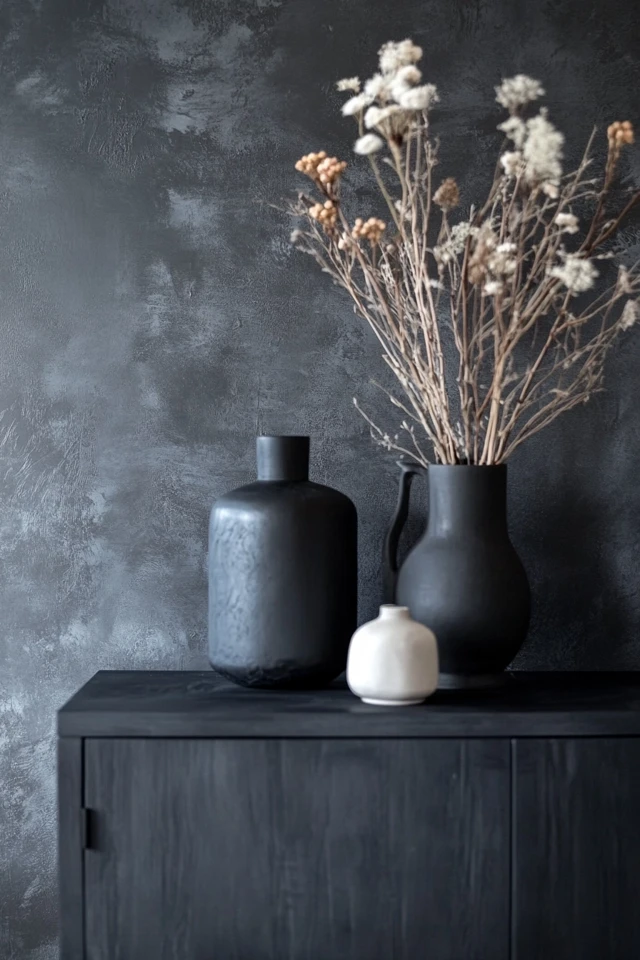
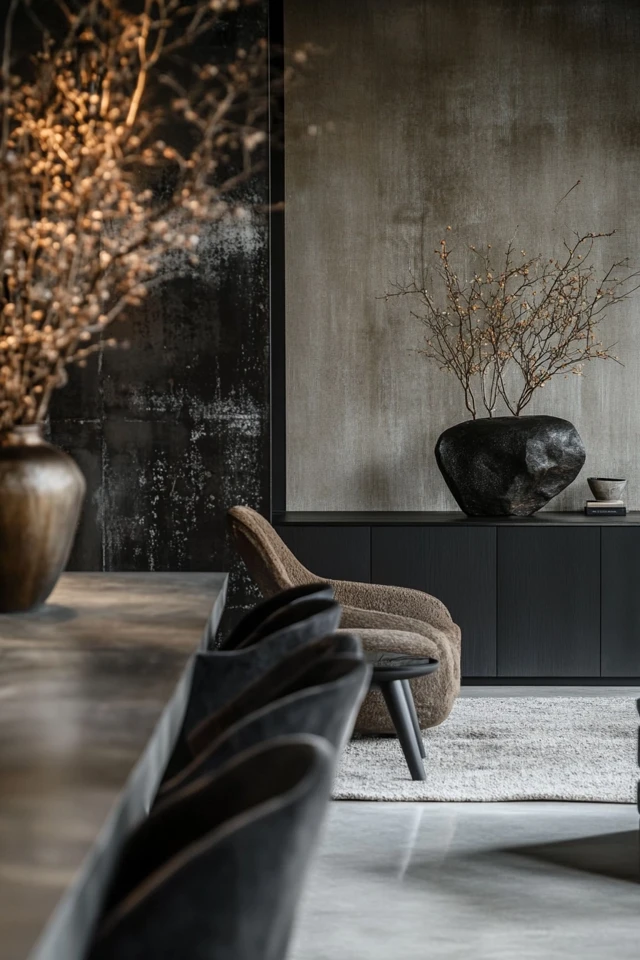
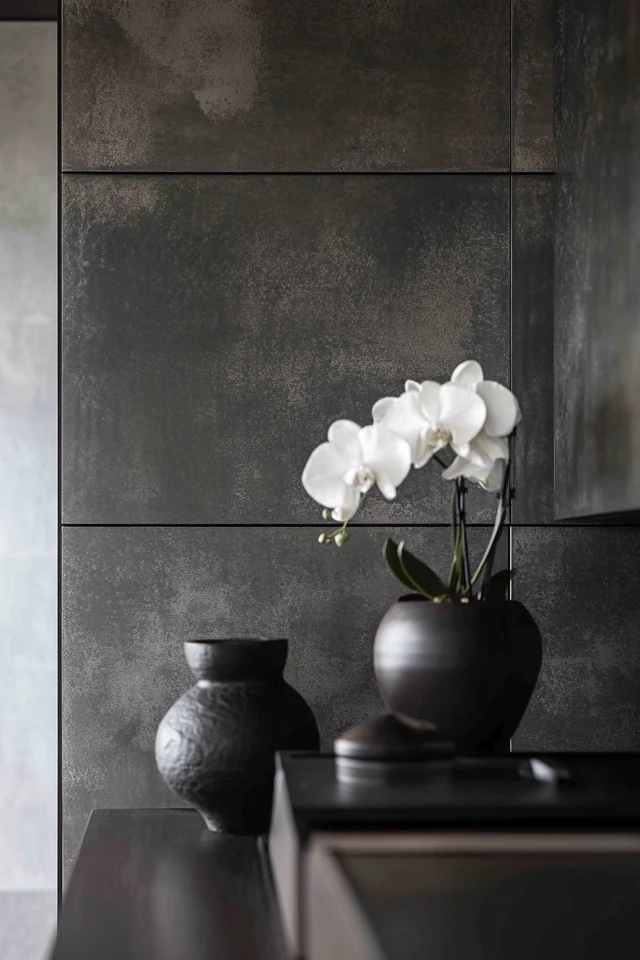
Picture Gallery
Conclusion
Creating a monochrome aesthetic room is all about balance and intention. By focusing on a cohesive color palette and layering textures, patterns, and statement pieces, you can achieve a space that feels both elegant and inviting. I’ve loved working on monochrome projects because they challenge me to get creative with the subtleties of design—showing that even within a limited palette, the possibilities are endless.
Whether you’re drawn to high-contrast black and white or prefer a softer neutral look, a monochrome room is a timeless choice that you’ll love for years to come. So grab a paint swatch, start curating your decor, and let your monochrome masterpiece come to life.
FAQ
Can a monochrome room feel cozy?
Absolutely! Use soft textures, warm lighting, and natural materials like wood or linen to create a cozy monochrome space.
How do I avoid a monochrome room feeling boring?
Focus on layering textures, incorporating subtle patterns, and adding statement furniture or decor to keep the space visually interesting.
What’s the best accent color for a monochrome room?
Muted metallics (like gold or silver), soft pastels, or natural greenery work well as subtle accent colors.
Can I use monochrome in a small room?
Yes! Light monochrome palettes, like white and soft gray, can make a small room feel larger and more open.
Do I have to stick strictly to one color?
Not at all! Monochrome rooms often incorporate varying shades within a single color family to add depth and dimension.

